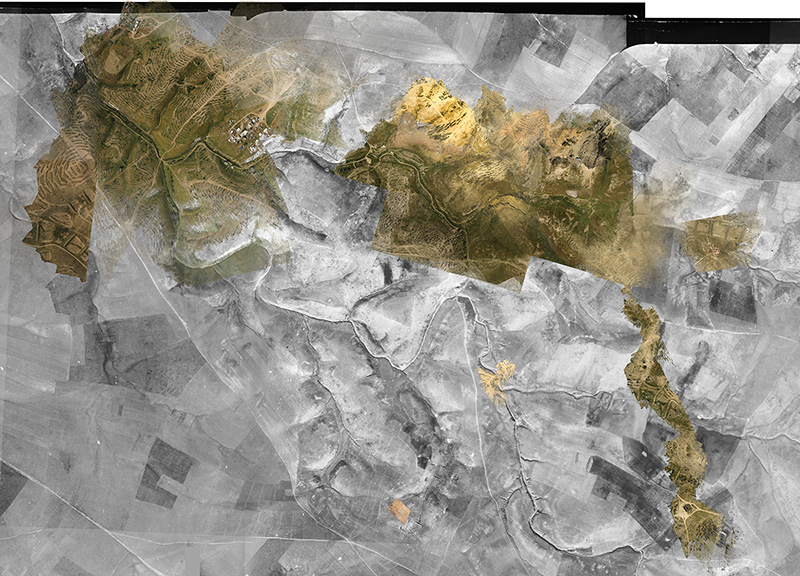ARCHITECTURE:Forensic Architecture
 In 2010, Eyal Weizman created the Forensic Architecture (FA) research agency based at Goldsmiths, University of London. It brings together archives of evidence on contemporary conflicts, creating new analysis methodologies as a form of political intervention in the field of human rights. It is formed by a multidisciplinary team of architects, artists, activists, scientists, lawyers and filmmakers who work to uncover State violence by confronting facts with official accounts.
In 2010, Eyal Weizman created the Forensic Architecture (FA) research agency based at Goldsmiths, University of London. It brings together archives of evidence on contemporary conflicts, creating new analysis methodologies as a form of political intervention in the field of human rights. It is formed by a multidisciplinary team of architects, artists, activists, scientists, lawyers and filmmakers who work to uncover State violence by confronting facts with official accounts.
By Efi Michalarou
Photo MACBA Archive
The exhibition “Forensic Architecture: Torwards An Investigative Aesthetics” at MACBA Museu d’Art Contemporani de Barcelona presents the work of Forensic Architecture (FA) as well as that of its collaborators and guests. Forensic Architecture uses architectural analysis, models and animations as investigative tools, primarily for the production and presentation of spatial evidence in the context of armed conflict and political struggles. The wall traversing the exhibition across three sections: “Proposition”, “Investigations” and “Centre for Contemporary Nature” has been conceived as an essay that echoes the investigations included in the galleries, presenting the kind of theoretical and methodological reflection that contemporary investigative aesthetics demands today. The section “Proposition”, presents the theoretical and historical framework within which the practice of Forensic Architecture operates. It outlines the methods, assumptions and critical vocabulary relevant to the field, while also elaborating its constraints, potential problems and double binds. In recent decades, forensic exhumations of war victims have become a powerful historical, political and legal resource. Starting in Argentina in the mid-‘80s with efforts to identify the disappeared victims of the “dirty war”, the investigative work of forensic anthropology teams spread over to various regions. Yet the turn to forensics did not produce a scenario in which the solid object provided a stable and fixed alternative to human uncertainties and ambiguities. Forensic findings were often inconclusive and the practice itself is invariably politicised. Conviction is contingent on the forces and techniques of presentation and demonstration, as well as on politics and rhetoric. Photographers, filmmakers and artists have collaborated with human rights organisations since the birth of the human rights movement in the mid-70s. With several important exceptions, artists’ work was kept external to and merely illustrative of the actual investigative work. Forensic Architecture seeks to shift away from this use of arts and to employ aesthetic sensibilities as investigation resources. The section “Investigations” features detailed elaboration of a selection of recent cases undertaken by Forensic Architecture. It includes responses, denials and attacks that the work has engendered. “Centre for Contemporary Nature” section engages with the relation between culture, politics and the concept of nature today. Throughout the past century, states, super- and intra-state organisations have conceptualised cases of mass casualties under a framework of human-on-human violence. As the sources of contemporary calamities are increasingly likely to be a result of environmental destruction and climate change, a set of new categories and tools must be developed to describe forms of destruction that are indirect, diffused and distributed in time and space.
Info: Curator: Rosario Güiraldes, MACBA Museu d’Art Contemporani de Barcelona, Plaça dels Àngels, 1, Barcelona, Duration: 28/4-15/10/17, Days & Hours: Mon & Wed-Fri 11:00-20:00, Sat 10:00-21:00, Sun 10:00-15:00, www.macba.cat








